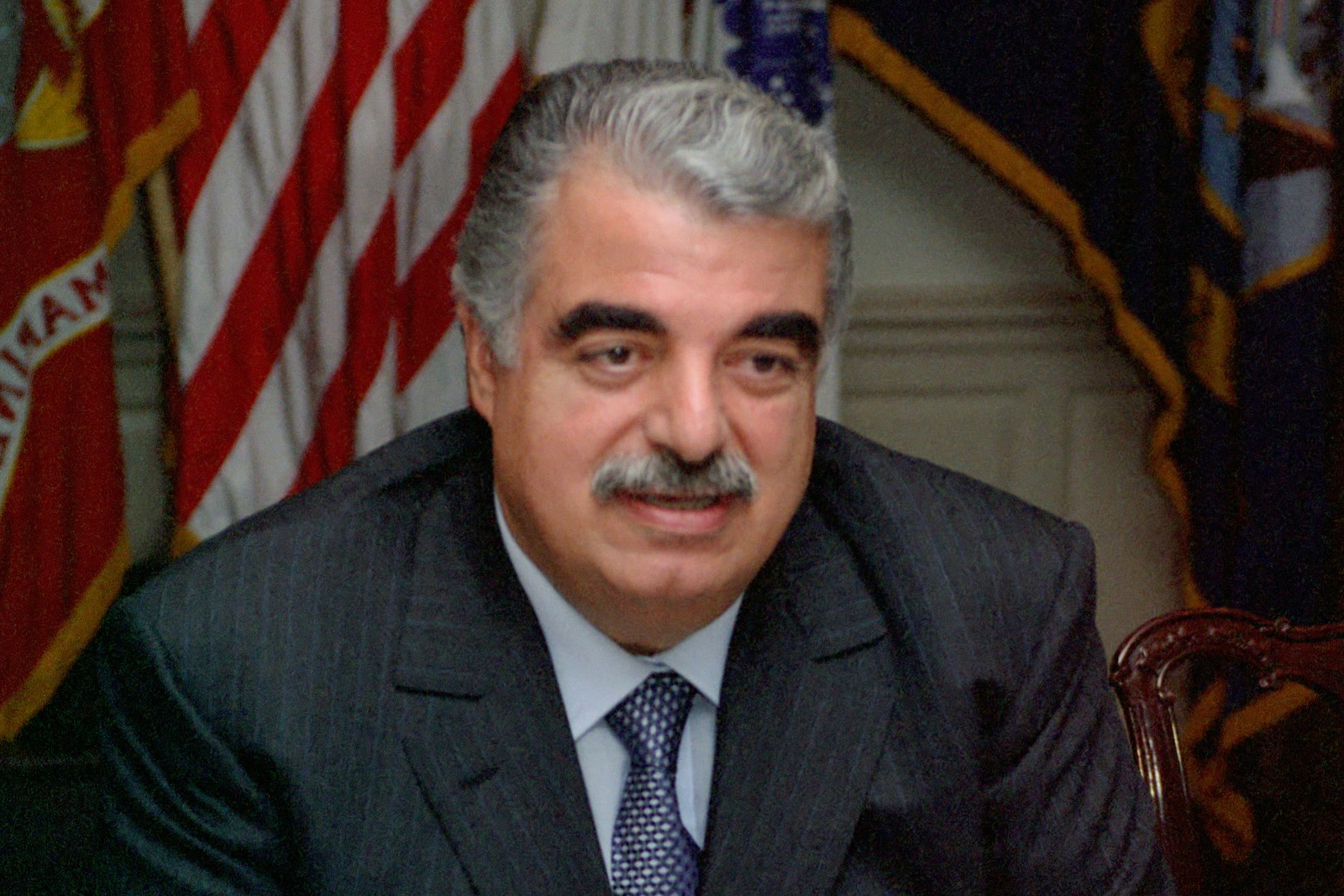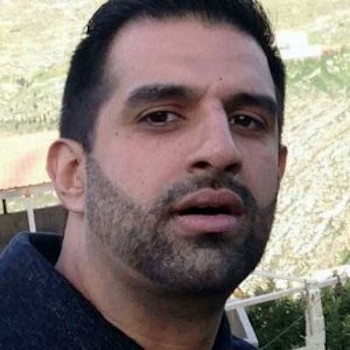
Hariri Indictments: The View from South Beirut
Finally, the long-awaited but highly politicized 47-page indictments were released. The United Nations Special Tribunal for Lebanon (STL) took two and half years of painstaking investigations, more than 120 million US dollars in budget and United Nations Security Council endorsement for its work to eventually culminate into the findings that the STL presented. It had issued arrest warrants back in June calling for four Lebanese suspects it says were involved in the assassination of former Premier Rafic Hariri in 2005.
They all happened to be members of Hezbollah. The most notable among them was Mustafa Badreddine, the brother-in-law of Hezbollah’s former top military commander, Imad Mugniyeh. All along the STL had made everyone believe that it was riding on a cresting wave. It had amassed the best of international experts, forensic scientists, and modern technology in its quest to expose the perpetrators of the massive 2,500 kg truck bombing which brutally murdered the man commonly known as Mr. Lebanon, along with 22 others.
The Special Tribunal for Lebanon, we were assured, was neither laggard in conducting themselves, nor slack in preparation. Despite claims of some early mistakes, there was to be no flaw in its eventual conclusion. It now confidently released enough evidence to implicate the four suspects in the spectacular bomb blast some six and a half years ago. The evidence, it turns out, is overwhelmingly circumstantial and based on five different phone networks allegedly used to plot the assassination.
The suspects apparently kept surveillance of Hariri for some 15 days prior to the killing. But for the Hezbollah bastion in the southern suburbs of Beirut, the release of the indictments was the last in a long line of a years worth of dubious accusations and circumstantial finger pointing.
Indeed there is not a single iota of direct evidence which links any of the suspects to the atrocious crime. It all started with the April 2009 release of four pro-Syrian Lebanese Generals from custody after the tribunal’s initial findings of their suspected involvement turned out to be plagued with inconsistencies. The STL’s credibility, as a result, quickly became ridiculed. It had moved heaven and earth in implicating Syria by virtue of the four Generals.
Although its position was not based on rock hard intelligence, the Syrian hypothesis had become so ingrained that it refused to ignore it. For the Syrians who had hemmed and hawed all along, it must have been a relief, perhaps something akin to the drawing of breath after swimming under water. They were no longer in the firing line. The STL knew that after releasing the four Generals it could not wiggle between the raindrops and emerge completely dry. It just wanted to avoid getting drenched. It now had to be seen as not dragging its feet, for whatever it did was not going to put the toothpaste back into the tube.
By mid-2010, the STL decided to implicate Hezbollah. Saad Hariri, the son of the slain premier, apparently had enough information at his disposal (prior to any indictment) to inform the Hezbollah Leader, Sheikh Nasrallah, that this was the case. It stretches credulity why the STL would compromise such crucial information so early on. The notion of Hezbollah being behind the assassination stunk to high heaven, at least in the eyes of much of the Arab and Islamic world, in addition to its legions of supporters. If the tribunal could say what the devil it liked, Hezbollah was not going to pull its sleeves around its heart and be content. It had to act fast and decisively.
It undertook a massive media and political counter-offensive and accused both STL officials of being corrupt and Israel being involved in the murder. In the meantime, Hezbollah’s powerful leader made a series of live speeches in which he said that any hand that reached to arrest any of his cadres would be cut off. More speeches followed. The STL was highlighted as being under the direction of corrupt and pro-Israeli officials, even furnishing viewers with video evidence purporting to show STL officials taking what appeared to be bribes. This was in addition to reminding viewers of the mess it created by originally pointing an accusing finger at Syria and its Lebanese proxies, only to accept that it was a colossal mistake.
Israel, no stranger to assassination and bomb blasts in Lebanon, was singled out as being the lead suspect in eliminating Rafic Hariri. The motivation was the culmination of events that would lead to the eventual expulsion of Syrian troops from Lebanon. Again video material was highlighted that showed extensive Israeli surveillance of Beirut and the routes that Hariri often took. It also highlighted trivial circumstances by which data and evidence that the STL accumulated, went through Israeli customs on its way to the Hague, as opposed to the normal route via Lebanon. It was alluding to the possible tampering and manipulation of data, including phone data that the STL’s case was heavily premised.
Although it’s long become an Arab custom to blame Israel for all their faults and quagmires, Hezbollah certainly had good grounds to accuse Israel. The fact that in the last 3 years ten Israeli spies have been uncovered in Lebanon, some in the telecommunications networks, and several electronic eavesdropping and spying equipment having been located in different areas of the country. At the very least this serves as a reminder of potential Israeli involvement.
Despite the tribunal requesting more information from Hezbollah, the STL refused to pursue any other angle. In their view, the STL felt they had enough evidence and there was no possibility of Israeli-linked involvement. In Hezbollah’s eyes, the STL had now become a victim of its own arrogance.
Just as the warrants for arrest were issued in June, Hezbollah dared anybody to try and find or arrest the suspects which it called ‘saints with a long history of resistance.’ By then Hezbollah, and its allies, were in power having toppled the previous administration of Saad Hariri. What should be learned from the release of the indictments is that it brings the justice-seeking Lebanese no closer to the truth. The tribunal’s evidence relies solely on phone records which are purely circumstantial. It does not prove the suspects either made the calls or even owned the phones.
Sheikh Nasrallah was quick to point out that the text of the indictment was littered with sentences like ‘it is likely that this or that, or it is possible to deduce.’ The STL needs to thoroughly explore all the possible angles and leads in the killing of Rafic Hariri. This would satisfy the doubters and naysayers. Only then, will its evidence be widely seen as critical and based on fair and solid judgment.
It needs to address the issue of the false witness that led to the arrest of the four pro-Syrian Generals. Further, the STL needs to address the following issues; the potential for electronic tampering, accusations of corruption within STL ranks and the possible involvement of both Syrian and Israeli intelligence actors.
As for the post-indictment phase on the streets of Rafic Hariri’s beloved Beirut, indictments, trials and sentencing in absentia are unlikely to change anything as far as the ground situation is concerned. Hezbollah is firm in stubbornly holding to its position on the tribunal. Saad Hariri can only plead. His party, allies and small militia are powerless in the face of Hezbollah. Sheikh Nasrallah vowed the suspects will never be arrested in even 300 years; the safest bet in Lebanon seems always to be with him.

